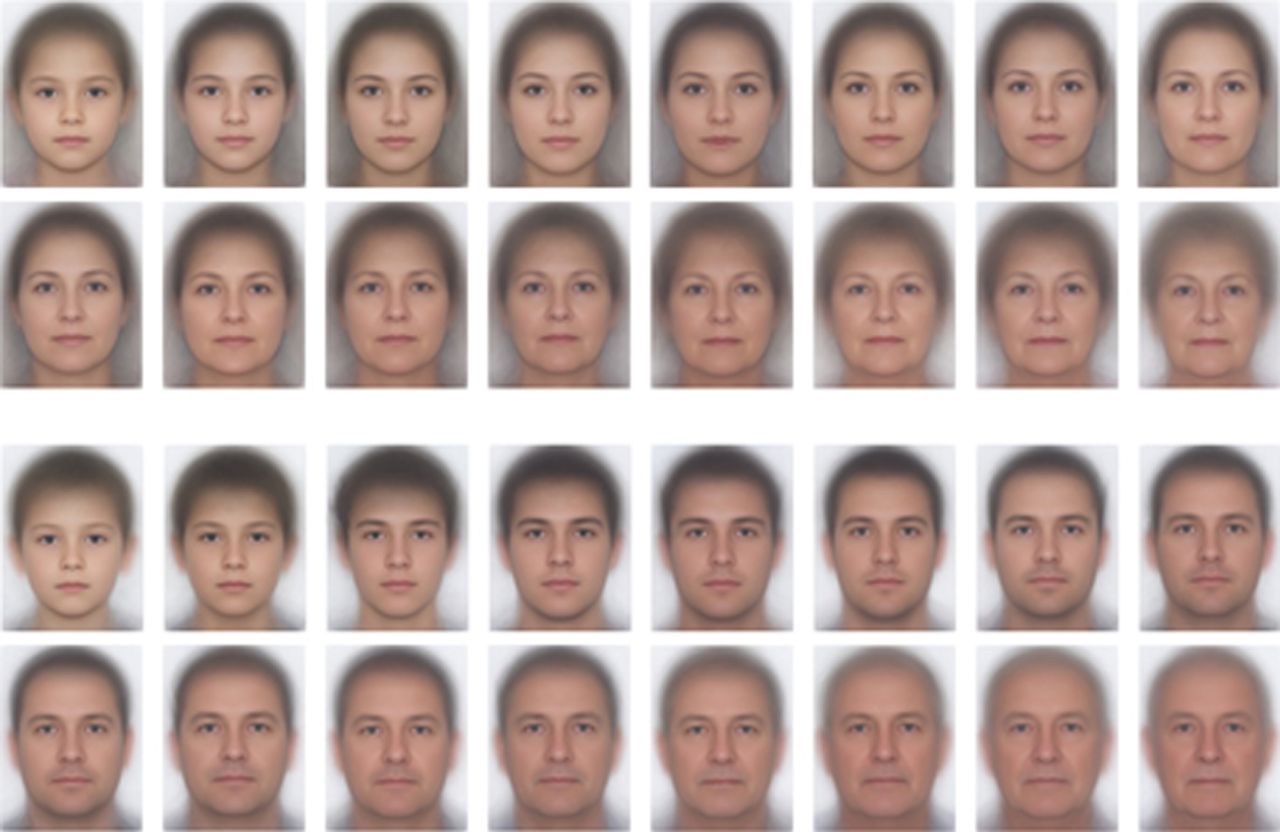Do dogs understand us?
People who have dogs are pretty sure their dogs understand the difference between human words, like “walk” versus “treat.” But there hasn’t been a lot of evidence to prove it, and in a new study in Frontiers in Neuroscience, researchers from Emory University went straight to the source to do so.
They trained 12 very good boys to retrieve two differently named objects, and then looked at the dogs’ brain activity using fMRI. One of the objects given to the dogs was soft, like a stuffed animal, and the other had a different texture, to help them associate them with different words. The dogs were trained to fetch one of the objects when it was asked for, and then rewarded with food or praise. To compare, they also said strange “pseudowords” that the dogs had never heard before, and compared the neural activity.
Videos by VICE

The dogs lay in an fMRI scanner and their owners stood in front of them, said the name of the toys, and then showed the dog each toy. “Eddie, a golden retriever-Labrador mix, for instance, heard his owner say the words ‘Piggy’ or ‘Monkey,’ then his owner held up the matching toy,” a release says. “As a control, the owner then spoke gibberish words, such as ‘bobbu’ and ‘bodmick,’ then held up novel objects like a hat or a doll.”
A bit surprisingly, large parts of the dogs’ brains, from the primary auditory region to an area called parietal cortex, were more active when the dogs heard words they’d never heard before. In humans, this is usually the opposite: we react more strongly to words we know.
“We think this suggests that the dogs were trying to figure out what the novel words meant,” Gregory Berns senior study author and neuroscientist at Emory University, tells me. “Unlike humans, who can tell immediately that they mean nothing.” It may also reveal that they’re trying harder to understand to please their owners, or receive food or praise.
The results overall suggest that dogs do show differences in their brains for words they have been taught, though more study with more breeds needs to be done. But the best way to teach dogs to understand us, Berns says, is to combine visual and smell cues, rather than words alone. They’ve seen that reward centers in the dogs’ brains responded faster this way.
“So although [dogs] can learn some things about human words, other modalities may actually be more efficient from the dog’s perspective,” he says. The study is the first to train dogs to go into an fMRI scanner, and voluntarily remain motionless—without sedation or restraint.
Berns, is also the founder of the Dog Project which is asking questions about the evolution of dogs. “Studies by the Dog Project have furthered understanding of dogs’ neural response to expected reward, identified specialized areas in the dog brain for processing faces, demonstrated olfactory responses to human and dog odors, and linked prefrontal function to inhibitory control,” a press release says.
Recently, another study questioned if we’ve been overreaching when it comes to dogs’ cognitive abilities, letting our love for them skew what we study and why. When I asked Berns about this, he agrees that dogs are probably not particularly special in terms of cognitive abilities or understanding our words. But what is special is their social relationship to us, he tells me. “You cannot teach an animal who is so afraid of humans they run away,” he says. “An animal must be comfortable around humans before you can expect them to pay attention to our words. Very few animals will do that.”
We are really bad at guessing other people’s ages
I hate to guess other’s ages because I’m generally flat out wrong, and in turns out, I’m not alone. A new study in Royal Society Open Science found that people are off by about eight years when they try to determine others’ ages.
Understanding how old the people are around you is very important socially, the paper argues. “Perceived age of a face has a substantial impact on the social perceptions we form of people, affecting, for example, perceptions of warmth and dominance,” the authors write, as well as more practical matters like knowing who is your peer, who can drink alcohol, and identifying people in criminal matters.
Earlier work showed that people might only be off around three to four years, but as more rigorous study has been done, it’s been clear we might be worse than that.
This study used pictures of people from the Australian passport office and had participants guess their age. Younger faces were perceived to be older than they were, and older faces thought to be younger. “Estimates of facial age appear to be biased towards the middle-aged faces, resulting in younger faces appearing older than they are and older faces appearing younger,” the paper says.

The researchers also found the age you think someone is, is often influenced by the last face you saw—not the one you’re looking at now. If you recently looked at an old face, it could make the next face you see seem older.
Now that we’re more aware of how bad we are at this, the researchers hope they can develop some kind of “mental palate cleanser,” reports Science Magazine. This could help people who have to discriminate many faces at once, like a security guard, to not let this effect bias what they see.
Non-invasive brain stimulation could help us free ourselves from implicit bias
We are all susceptible to implicit bias, which are attitudes or stereotypes we use to perceive and judge others without our conscious awareness. It may cause us to harbor unconscious beliefs about people who aren’t like us.
A new review in Trends in Cognitive Science looks at how non-invasive brain stimulation could possibly help us understand where this bias acts in the brain, and how we might potentially modulate it—making it lessen or go away.
If you get non-invasive brain stimulation, electricity is delivered to the brain through the skull and can change the way brain cells behave. “”Unlike traditional brain imaging techniques, non-invasive brain stimulation can directly impact brain activity and provide powerful evidence that specific brain regions are linked to specific social behaviors—in this case, we applied it to attitudes and stereotypes towards groups that vary in social characteristics, such as race and ethnicity,” says Alvaro Pascual-Leone, a neurologist at BIDMC, in a release.
The review found that the anterior temporal lobe is an important brain region for the representation of implicit stereotypes, shown when people unwittingly associate the words Arab and terrorist. By applying electrical stimulation to certain brain areas, studies are showing that kind of bias can be altered, the review found.
For example, in studies where people got non-invasive brain stimulation over their anterior temporal lobes, they reduced such stereotypical associations. Participants showed a decreased association between the words “Arab” and “Terrorist,” and another experiment showed reduced cognitive associations between “male” and “science” and “female” and “humanities.”
“Investigating the neural substrates of these processes is important to understand the mechanisms underlying our social behavior but also to identify potential areas in the brain that may be used as targets for biologically-informed interventions aimed at changing our social beliefs,” says first author Maddalena Marini, a postdoctoral researcher at Istituto Italiano di Tecnologia.
So how should we apply this? Should we all get non-invasive brain stimulation to address our prejudices? It’s possible. No behavioral interventions, like empathy training, have yet to permanently and effectively shift social bias, Marini says in a release. “Non-invasive brain stimulation techniques can provide insights that may help meet the urgent need in our society to better understand our intergroup social behavior.”
“I think that NBS can be a valid instrument for all those individuals that wish their behavior to be more in line with their conscious intentions and principles,” Marini tells me.
Your weekly health and science reading list
Why white supremacists are chugging milk (and why geneticists are alarmed) by Amy Harmon in The New York Times.
People are misinterpreting genetic information to make claims about nationalism and racial superiority—like placing too much meaning in the ability to digest lactose. An important read to understand what population genetics can really tell us about our genetic differences.
Women in the U.S. can now get safe abortions by mail by Olga Khazan in The Atlantic.
An organization called Women on Web has been providing women pills that trigger miscarriages for several years, but never shipped to America. Now their founder has started a new service that will.
“OMG you’re amazing!”: How people respond (or not) to compliments on social media by Jane C. Hu on Quartz.
How is social media changing the way we respond when people say nice things to us?
Digital immortality: How your life’s data means a version of you could live forever by Courtney Humphries in MIT Tech Review.
This is literally a black mirror episode, right? Humphries explore the real-life possibility of a digital afterlife.
Sign up for our newsletter to get the best of Tonic delivered to your inbox.
More
From VICE
-

Photo: GK Hart/Vikki Hart / Getty Images -

Photo: ESA -

Screenshot: Jarrad Nolan / ATSB

